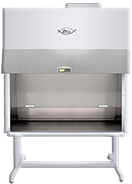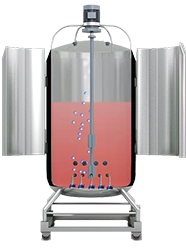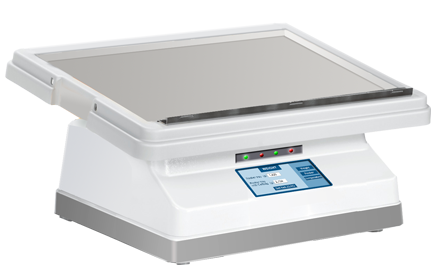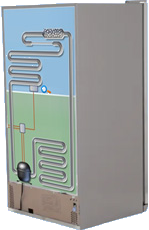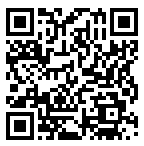ATeL's virtual labs enable students and trainees to perform authentic laboratory and workplace tasks online. During the COVID pandemic, when schools were shut down, the virtual labs helped instructors quickly and smoothly move courses online and minimize drawbacks of lost access to actual hands-on practice.

 The project was partially supported by grants from the National Science Foundation (NSF) and U.S. Department of Labor.
The project was partially supported by grants from the National Science Foundation (NSF) and U.S. Department of Labor.Adaptivity and Personalization: By adapting scenarios, instructions, educational resources, and assessments, learning and training assignments can be tailored to a specific occupation, training/educational goals and learners age, background, and level.
Performance-based assessment: Trainee skills and knowledge are evaluated in terms of his/her performance of an authentic workplace task without (or with minimal) instruction.
High Interactivity: Embedded accurate math/science models make it possible to vary process parameters, collect and handle data, and simulate abnormal situation to train troubleshooting skills.
- as SOP Tutorials to introduce trainees to a workplace, equipment and production processes;
- in Practice mode to allow students to perform interactive virtual assignments that exactly mimic their workplace tasks.
- In Performance-basedAssessment mode to provide instructors with reliable data on trainees' skills and understanding and help trainees self-evaluate their knowledge and progress.
- In Interactive Manual mode to sequentially visualize procedures and steps demonstrating how to perform them to accomplish a required task.
Blended experimentation: Simulations can be linked and synchronized with the actual equipment to visualize internal processes and help understand their mechanisms.
AR (augmented reality) helps engage teens and young adults in learning and training.
Scalability: Modular open-architecture and the built-in authoring tool enables instructors to populate the system repository with new activities and learning materials, as well as to integrate the activities with various third-party resources.
Accessibility and Portability: Cloud-based and browser accessible applications can be run on any PCs, laptops, tablets and smartphones under various operating systems and browsers.
Long lifetime: The use of HTML5 and other modern and emerging web technologies, services and standards secures the software compatibility with major platforms and browsers for many years to come.









